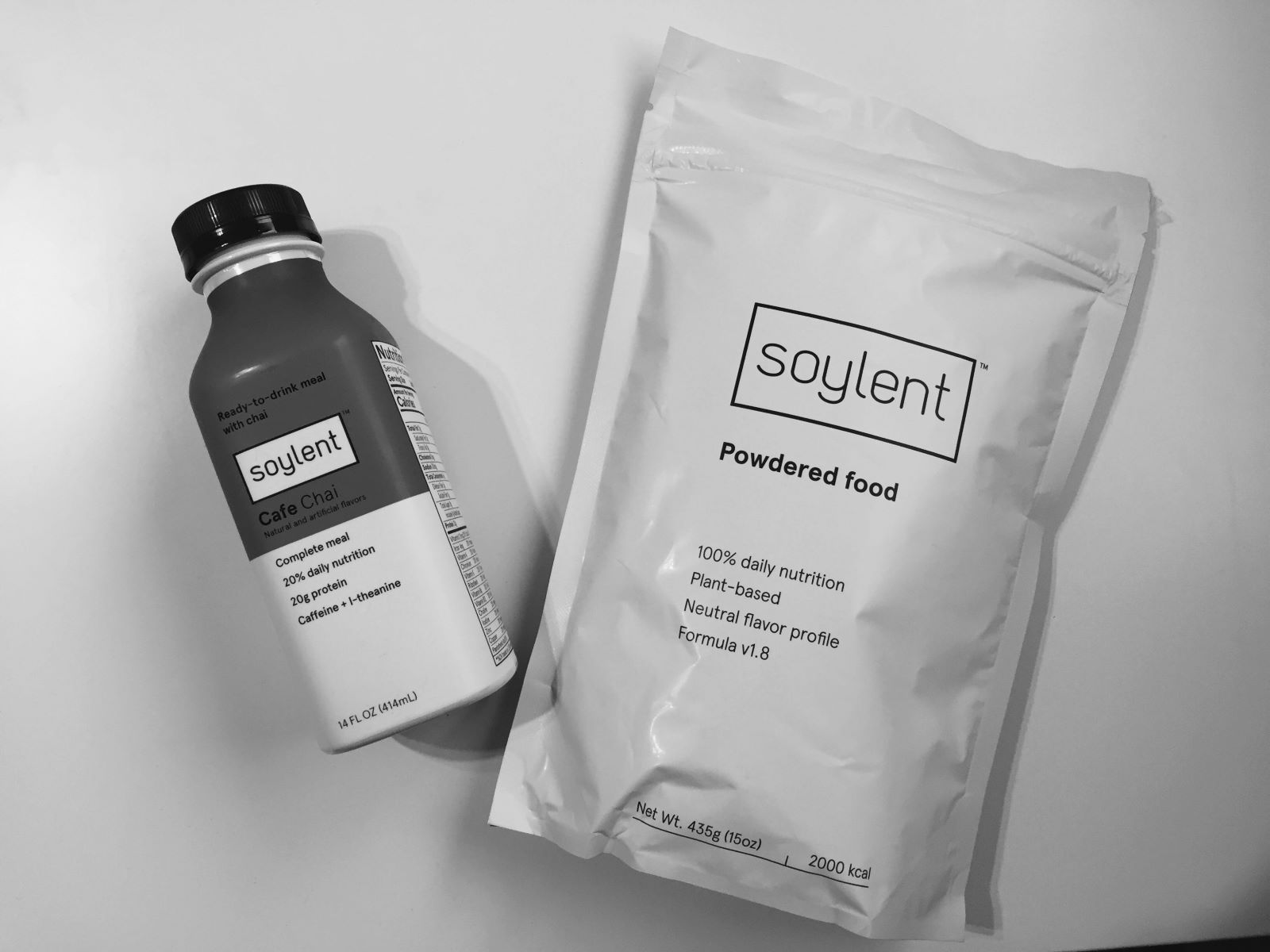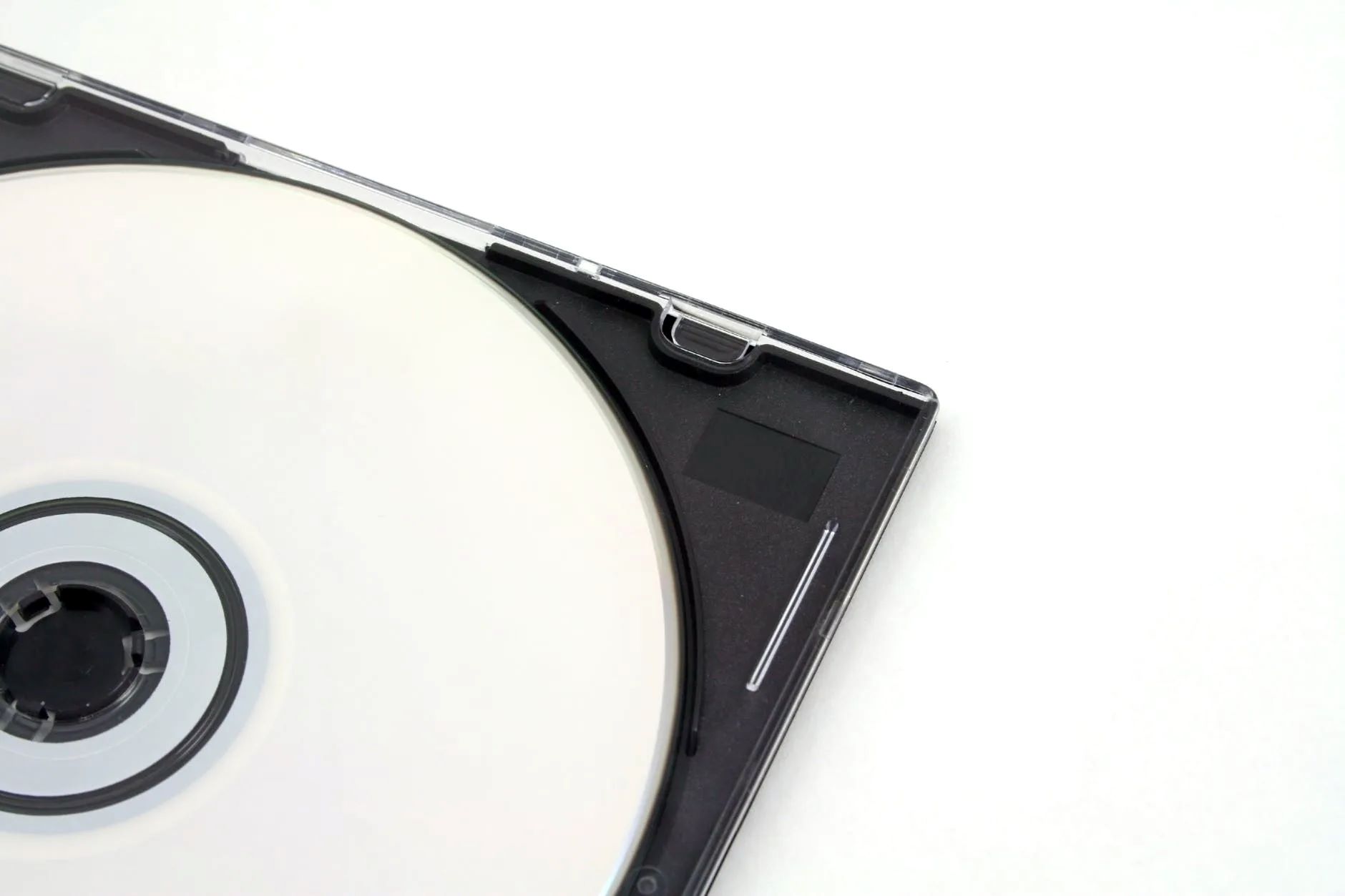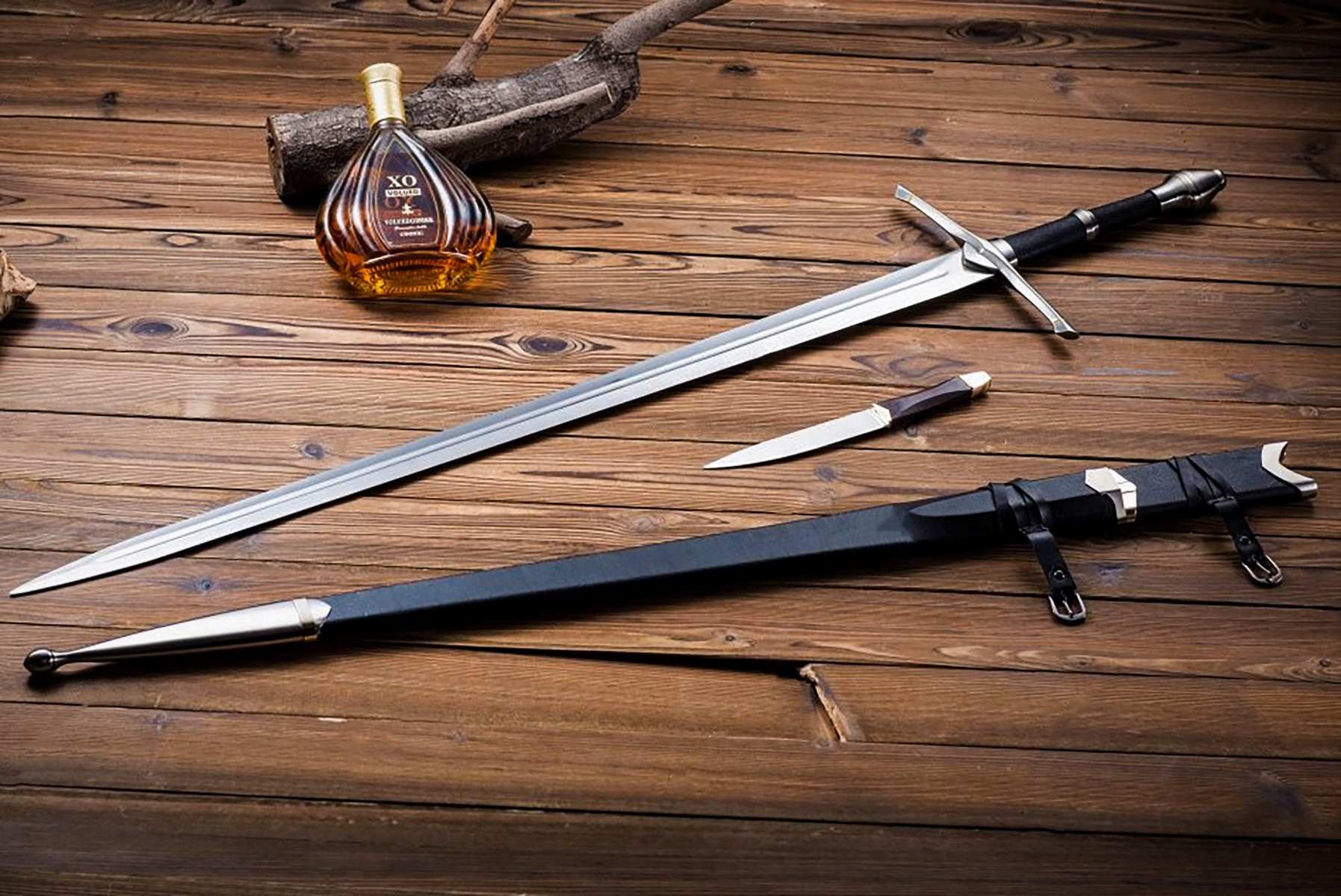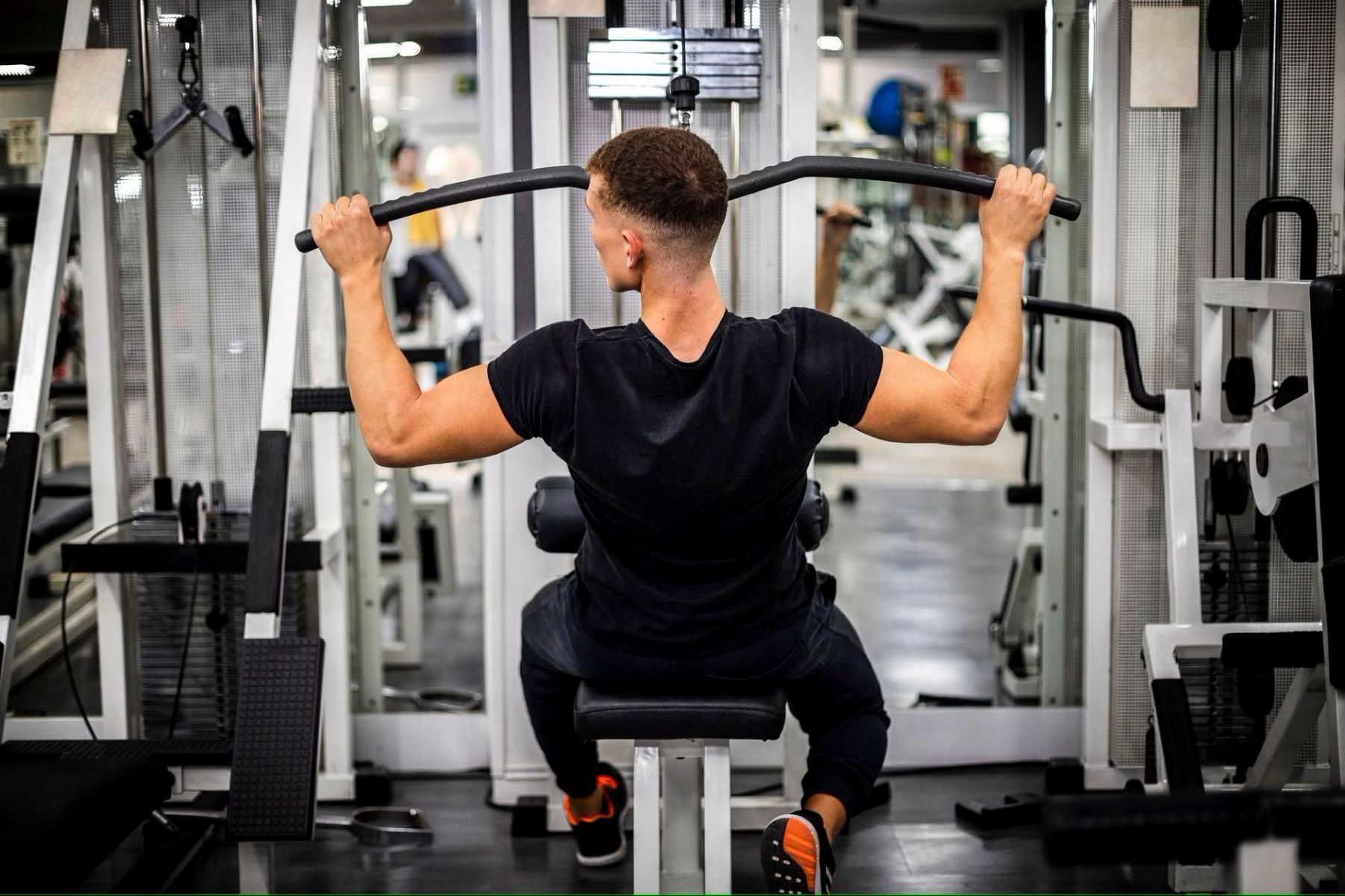Home>Sports>Shoulder Press Vs. Military Press: Unveiling The Ultimate Upper Body Exercise Showdown!
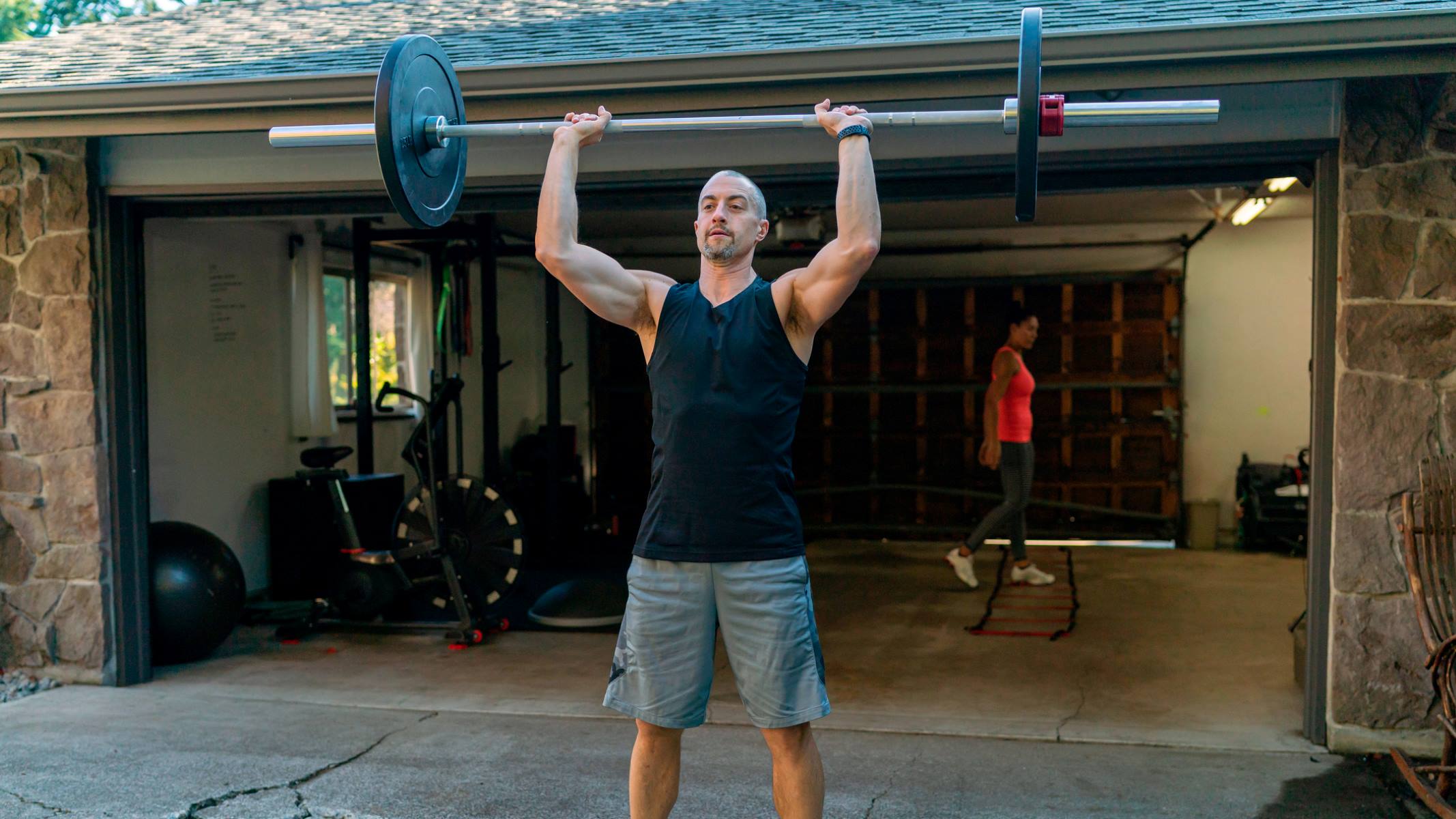

Sports
Shoulder Press Vs. Military Press: Unveiling The Ultimate Upper Body Exercise Showdown!
Published: January 5, 2024
Discover the key differences between shoulder press and military press to determine the ultimate upper body exercise. Find out which is best for your sports training.
(Many of the links in this article redirect to a specific reviewed product. Your purchase of these products through affiliate links helps to generate commission for Regretless.com, at no extra cost. Learn more)
Table of Contents
Introduction
When it comes to sculpting a strong and well-defined upper body, incorporating the right exercises into your workout routine is essential. Two exercises that often find themselves in the spotlight for building shoulder strength and mass are the shoulder press and the military press. These two movements are often confused due to their similarities, but they have distinct differences that can impact your workout results.
In this comprehensive guide, we will delve deep into the nuances of the shoulder press and the military press, unveiling the ultimate upper body exercise showdown. By understanding the techniques, muscles targeted, benefits, and drawbacks of each exercise, you will gain valuable insights into how to maximize your upper body training for optimal results.
So, are you ready to embark on a journey to discover the finer details of these powerhouse exercises and determine which one reigns supreme? Let's dive in and unravel the intricacies of the shoulder press and the military press to equip you with the knowledge needed to elevate your upper body training to new heights.
Read more: Hashira Vs Upper Moon: Epic Showdown!
Shoulder Press Technique
The shoulder press, also known as the overhead press, is a fundamental exercise for developing shoulder strength and stability. Whether you are a seasoned lifter or a beginner, mastering the proper technique for the shoulder press is crucial for maximizing its benefits while minimizing the risk of injury.
-
Starting Position: Begin by standing with your feet shoulder-width apart, maintaining a straight posture. Hold the barbell or dumbbells at shoulder height, with your palms facing forward and elbows bent.
-
Lift and Extend: In a controlled manner, push the weight upward, fully extending your arms without locking your elbows. Keep your core engaged to stabilize your body throughout the movement.
-
Alignment: As you lift the weight overhead, ensure that your head remains in a neutral position, with your gaze forward. This helps maintain proper spinal alignment and reduces strain on the neck.
-
Lowering the Weight: Slowly lower the weight back to the starting position, maintaining control and avoiding rapid or jerky movements. This eccentric phase of the exercise is essential for building strength and muscle control.
-
Breathing: Exhale as you push the weight upward and inhale as you lower it back down. Proper breathing technique not only enhances your performance but also supports overall stability during the exercise.
-
Variations: The shoulder press can be performed with a barbell, dumbbells, or even a resistance band, allowing for versatility in training. Each variation offers unique benefits and challenges, catering to different fitness levels and goals.
-
Adjusting the Grip: Experimenting with different hand placements on the bar or dumbbells can target specific areas of the shoulder complex, providing a well-rounded approach to shoulder development.
Mastering the shoulder press technique requires patience and attention to detail. It is essential to start with a manageable weight to ensure proper form before progressing to heavier loads. Additionally, seeking guidance from a fitness professional can provide valuable insights into refining your technique and optimizing your shoulder press performance.
By understanding and implementing the correct shoulder press technique, you can lay a solid foundation for enhancing shoulder strength, stability, and overall upper body prowess. With this knowledge in your arsenal, you are poised to elevate your workout routine and achieve remarkable results in your fitness journey.
Military Press Technique
The military press, also known as the standing barbell press, is a time-honored exercise that targets the shoulders, upper chest, and triceps, making it a cornerstone of upper body strength training. Mastering the proper technique for the military press is essential for maximizing its effectiveness and minimizing the risk of injury.
-
Starting Position: Stand with your feet shoulder-width apart, maintaining a strong and stable stance. Grip the barbell slightly wider than shoulder-width, with your palms facing forward. The bar should rest comfortably on the front of your shoulders, just below your neck, with your elbows slightly in front of the bar.
-
Lift and Extend: With a firm grip on the bar, push it upward in a vertical motion, fully extending your arms without locking your elbows. As you lift the weight, engage your core muscles to stabilize your body and maintain a neutral spine throughout the movement.
-
Head Position: Keep your head in a neutral position, looking straight ahead or slightly upward. This helps align your spine and prevents unnecessary strain on the neck and upper back.
-
Lowering the Weight: Lower the barbell back to the starting position in a controlled manner, avoiding sudden or jerky movements. The eccentric phase of the exercise, when you lower the weight, is crucial for building strength and muscle control.
-
Breathing: Exhale as you push the weight upward and inhale as you lower it back down. Maintaining a consistent breathing pattern enhances your stability and supports optimal performance during the exercise.
-
Variations: The military press can also be performed with dumbbells, providing an opportunity to address any strength imbalances between the left and right sides of the body. Dumbbell military presses also require additional stabilization, engaging the core and shoulder stabilizer muscles to a greater extent.
-
Foot Position: Experimenting with foot placement can influence your stability and overall performance during the military press. Some individuals find a staggered stance to be more comfortable, while others prefer keeping their feet parallel. Find a foot position that allows you to exert maximum force while maintaining balance and stability.
Mastering the military press technique demands patience and a focus on proper form. It's essential to start with a manageable weight to ensure that your technique is sound before progressing to heavier loads. Seeking guidance from a fitness professional can provide valuable insights into refining your technique and optimizing your military press performance.
By understanding and implementing the correct military press technique, you can lay a solid foundation for enhancing shoulder, chest, and triceps strength, ultimately elevating your overall upper body prowess and achieving remarkable results in your fitness journey.
Muscles Targeted
The shoulder press and military press are dynamic compound exercises that engage multiple muscle groups to execute the movements effectively. Understanding the specific muscles targeted by each exercise is crucial for tailoring your training regimen to achieve comprehensive upper body development.
Shoulder Press
The shoulder press primarily targets the deltoid muscles, which are located in the shoulders and consist of three distinct heads: the anterior (front), medial (side), and posterior (rear) deltoids. As you push the weight overhead during the shoulder press, all three heads of the deltoids are activated to varying degrees, contributing to shoulder strength and definition. Additionally, the trapezius muscles, located in the upper back and neck region, play a supportive role in stabilizing the shoulders and upper body throughout the exercise. Engaging the trapezius muscles during the shoulder press promotes overall shoulder stability and enhances the effectiveness of the exercise.
Read more: F16 Viper Vs F35: The Ultimate Showdown!
Military Press
Similar to the shoulder press, the military press primarily targets the deltoid muscles, particularly the anterior and medial heads. The vertical pressing motion of the military press places significant emphasis on the front and side delts, stimulating muscle growth and strength development in these key areas. Additionally, the triceps brachii, located on the back of the upper arms, are actively engaged during the military press, serving as primary movers in extending the elbows to push the weight overhead. The engagement of the triceps in the military press contributes to overall upper body strength and stability, complementing the focus on the deltoid muscles.
Engaging Stabilizer Muscles
Both the shoulder press and the military press require stabilization from a network of muscles beyond the primary movers. The core muscles, including the rectus abdominis, obliques, and transverse abdominis, play a vital role in stabilizing the torso and maintaining proper posture throughout the pressing movements. By engaging the core muscles, these exercises promote overall core strength and stability, enhancing functional fitness and reducing the risk of injury during upper body training.
In summary, the shoulder press and military press effectively target the deltoid muscles, trapezius muscles, and triceps brachii, with additional engagement of the core muscles to support stability and proper form. Understanding the specific muscle groups involved in each exercise empowers individuals to design targeted training programs that address their unique fitness goals, whether it be building shoulder strength, enhancing overall upper body definition, or improving functional strength for everyday activities.
Benefits of Shoulder Press
The shoulder press stands as a stalwart exercise in the realm of upper body strength training, offering a myriad of benefits that extend beyond the development of shoulder muscles. Understanding and harnessing these benefits can significantly elevate one's fitness journey, fostering overall strength, stability, and functional prowess.
1. Comprehensive Shoulder Development
The primary benefit of the shoulder press lies in its ability to comprehensively target the deltoid muscles, encompassing the anterior, medial, and posterior heads. This holistic engagement promotes balanced shoulder development, enhancing both strength and aesthetics. By consistently incorporating the shoulder press into a workout regimen, individuals can sculpt well-rounded and defined shoulders, contributing to a symmetrical and proportionate upper body physique.
Read more: The Ultimate Showdown: F-22 Raptor Vs F-35 Lightning II – Unveiling The Superior Fighter Jet!
2. Functional Upper Body Strength
Beyond aesthetic gains, the shoulder press fosters functional upper body strength that translates into everyday activities and athletic pursuits. The shoulder muscles play a pivotal role in various movements, such as lifting, pushing, and reaching overhead. Strengthening these muscles through the shoulder press enhances one's capacity to perform daily tasks with ease and efficiency, ultimately improving overall functional fitness.
3. Core Stabilization
Executing the shoulder press necessitates core engagement to stabilize the torso and maintain proper posture throughout the movement. This inherent requirement for core stabilization not only strengthens the abdominal muscles but also promotes overall core stability. A robust and stable core is invaluable for maintaining balance, posture, and spinal alignment during a wide range of physical activities, contributing to injury prevention and enhanced athletic performance.
4. Versatility in Training
The shoulder press can be performed using various equipment, including barbells, dumbbells, kettlebells, or resistance bands. This versatility allows individuals to tailor their training to suit their preferences, fitness levels, and specific goals. Moreover, the ability to adjust grip width and hand positioning during the shoulder press provides opportunities to target different areas of the shoulder complex, enabling a nuanced approach to shoulder development.
5. Enhanced Bone Health
Engaging in weight-bearing exercises, such as the shoulder press, contributes to improved bone density and overall bone health. The resistance applied to the shoulders and arms during the exercise stimulates bone remodeling, reinforcing skeletal strength and reducing the risk of osteoporosis and related conditions. Incorporating the shoulder press into a well-rounded fitness routine can therefore contribute to long-term skeletal wellness.
In summary, the shoulder press offers a multitude of benefits, encompassing comprehensive shoulder development, functional upper body strength, core stabilization, training versatility, and enhanced bone health. By embracing these advantages and integrating the shoulder press into a holistic training regimen, individuals can unlock their potential for upper body strength, stability, and overall physical well-being.
Benefits of Military Press
The military press, revered for its efficacy in targeting the shoulders, upper chest, and triceps, offers a plethora of benefits that extend beyond mere muscle development. Understanding and harnessing these advantages can significantly elevate one's strength training journey, fostering overall upper body strength, stability, and functional prowess.
-
Shoulder and Triceps Strength: The primary benefit of the military press lies in its capacity to effectively target the deltoid muscles, particularly the anterior and medial heads. This focused engagement promotes substantial shoulder strength and development, contributing to enhanced shoulder stability and functional capacity. Additionally, the involvement of the triceps brachii as primary movers in the exercise further bolsters upper body strength, facilitating pushing and pressing movements in various activities.
-
Enhanced Upper Body Definition: Consistent incorporation of the military press into a workout regimen contributes to sculpting well-defined shoulders and upper chest, fostering a balanced and aesthetically pleasing upper body physique. The emphasis on the anterior and medial deltoids during the exercise promotes muscle hypertrophy and definition, enhancing the overall visual appeal of the upper body.
-
Functional Performance: Beyond aesthetic gains, the strength and stability cultivated through the military press translate into improved functional performance in daily activities and athletic pursuits. Strengthening the shoulders, upper chest, and triceps enhances one's capacity to perform tasks such as lifting, reaching, and pushing with greater ease and efficiency, facilitating a seamless execution of everyday movements.
-
Core Stabilization and Posture: Executing the military press necessitates core engagement to stabilize the torso and maintain proper posture throughout the movement. This inherent requirement for core stabilization not only strengthens the abdominal muscles but also promotes overall core stability, contributing to improved posture and spinal alignment in various activities.
-
Progressive Overload and Adaptation: The military press lends itself well to progressive overload, allowing individuals to systematically increase the resistance over time. This progressive approach fosters continual adaptation and strength gains, empowering individuals to push their physical limits and achieve new milestones in upper body strength and muscle development.
In summary, the military press offers a spectrum of benefits, encompassing targeted shoulder and triceps strength, enhanced upper body definition, improved functional performance, core stabilization, and opportunities for progressive overload and adaptation. By embracing these advantages and integrating the military press into a comprehensive strength training regimen, individuals can unlock their potential for upper body strength, stability, and overall physical well-being.
Drawbacks of Shoulder Press
While the shoulder press stands as a foundational exercise for upper body strength and development, it is essential to recognize and address potential drawbacks associated with this movement. Understanding these limitations can guide individuals in optimizing their training approach and mitigating the risks posed by the shoulder press.
1. Risk of Shoulder Impingement
Performing the shoulder press with improper form or excessive weight can potentially lead to shoulder impingement, a condition characterized by compression of the rotator cuff tendons and bursa within the shoulder joint. This can result in discomfort, pain, and restricted range of motion in the shoulders, hindering overall upper body functionality.
2. Overemphasis on Anterior Deltoids
The shoulder press predominantly targets the anterior (front) deltoid muscles, which may lead to an imbalance in shoulder development if not complemented with exercises targeting the medial (side) and posterior (rear) deltoids. An overemphasis on the anterior deltoids can potentially contribute to asymmetrical shoulder development and limited functional strength in other shoulder areas.
3. Spinal Strain and Overarching
Individuals with insufficient core stability and spinal alignment may experience strain on the lower back during the shoulder press. Overarching the lower back to compensate for inadequate core engagement can lead to discomfort and potential injury. Proper form and core activation are crucial in mitigating this risk.
4. Limited Range of Motion
Some individuals may experience limitations in their shoulder joint mobility, which can affect their ability to perform the shoulder press optimally. Restricted range of motion in the shoulders may compromise the effectiveness of the exercise and increase the likelihood of compensatory movements, potentially leading to muscular imbalances and reduced exercise efficacy.
5. Potential for Overuse Injuries
Engaging in repetitive shoulder press movements without adequate rest and recovery can predispose individuals to overuse injuries, such as tendinitis or bursitis in the shoulders. It is crucial to incorporate sufficient rest periods and varied shoulder exercises into the training regimen to mitigate the risk of overuse injuries and promote overall shoulder health.
Acknowledging these drawbacks empowers individuals to approach the shoulder press with mindfulness and strategic planning. By addressing these limitations through proper form, balanced shoulder training, core stabilization, and injury prevention strategies, individuals can optimize the benefits of the shoulder press while minimizing the associated risks, ultimately fostering a well-rounded and sustainable approach to upper body strength training.
Drawbacks of Military Press
While the military press is renowned for its effectiveness in targeting the shoulders, upper chest, and triceps, it is imperative to acknowledge potential drawbacks associated with this exercise. Understanding and addressing these limitations is essential for individuals to approach their training regimen with mindfulness and strategic planning, ultimately optimizing the benefits of the military press while minimizing associated risks.
-
Shoulder Impingement Risk: Similar to the shoulder press, performing the military press with improper form or excessive weight can increase the risk of shoulder impingement. This condition occurs when the rotator cuff tendons and bursa within the shoulder joint are compressed, potentially leading to discomfort, pain, and restricted range of motion in the shoulders.
-
Overemphasis on Anterior Deltoids: The military press primarily targets the anterior and medial deltoid muscles, potentially leading to an imbalance in shoulder development if not complemented with exercises targeting the posterior deltoids. Overemphasis on specific areas of the shoulder complex can contribute to asymmetrical muscle development and functional strength imbalances.
-
Spinal Strain and Overarching: Individuals with inadequate core stability and spinal alignment may experience strain on the lower back during the military press. Overarching the lower back to compensate for insufficient core engagement can lead to discomfort and potential injury. Proper form, core activation, and attention to spinal alignment are crucial in mitigating this risk.
-
Limited Range of Motion Challenges: Some individuals may encounter restrictions in shoulder joint mobility, impacting their ability to perform the military press optimally. Restricted range of motion in the shoulders can compromise the effectiveness of the exercise and increase the likelihood of compensatory movements, potentially resulting in muscular imbalances and reduced exercise efficacy.
-
Potential for Overuse Injuries: Engaging in repetitive military press movements without adequate rest and recovery can predispose individuals to overuse injuries, such as tendinitis or bursitis in the shoulders. It is imperative to incorporate sufficient rest periods and a variety of shoulder exercises into the training regimen to mitigate the risk of overuse injuries and promote overall shoulder health.
By recognizing these drawbacks and implementing strategies to mitigate associated risks, individuals can approach the military press with informed decision-making, ensuring that their training regimen is well-rounded, sustainable, and conducive to long-term upper body strength and stability.
Conclusion
In the ultimate showdown between the shoulder press and the military press, both exercises emerge as formidable contenders in the realm of upper body strength training. Each movement offers unique benefits and presents specific considerations that individuals must navigate to optimize their training regimen effectively. The shoulder press, with its emphasis on comprehensive shoulder development and core stabilization, stands as a foundational exercise that fosters balanced strength and functional prowess. On the other hand, the military press, renowned for its targeted engagement of the shoulders, upper chest, and triceps, offers a pathway to sculpting well-defined upper body musculature and enhancing functional performance.
As individuals navigate the nuances of these powerhouse exercises, it is essential to approach their training regimen with a holistic perspective, leveraging the strengths of both the shoulder press and the military press to cultivate a well-rounded upper body strength and stability. By integrating these exercises strategically and addressing their respective drawbacks with mindful training practices, individuals can harness the combined benefits of comprehensive shoulder development, functional upper body strength, and core stabilization. Furthermore, embracing a diverse range of shoulder exercises, including lateral raises, rear deltoid flyes, and upright rows, can complement the effects of the shoulder press and military press, promoting balanced shoulder development and reducing the risk of overuse injuries.
Ultimately, the journey to optimal upper body strength and stability encompasses a multifaceted approach, blending the strengths of various exercises to create a synergistic training regimen. By embracing the versatility and effectiveness of the shoulder press and the military press, individuals can embark on a transformative fitness journey, sculpting a resilient and well-defined upper body while fostering functional strength and overall physical well-being. As the curtains draw on the ultimate upper body exercise showdown, the shoulder press and the military press stand not as adversaries, but as complementary allies in the pursuit of strength, stability, and vitality.



